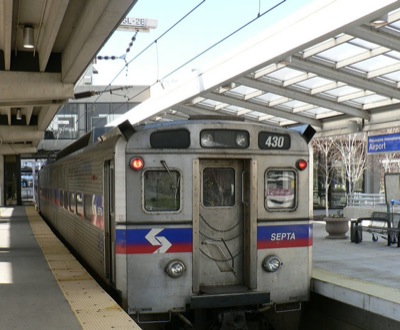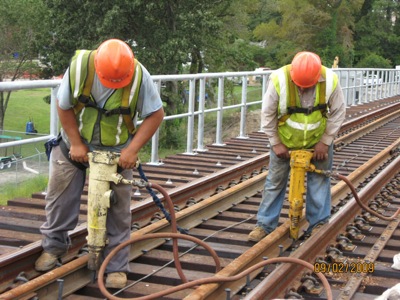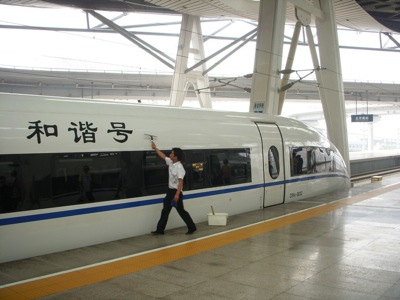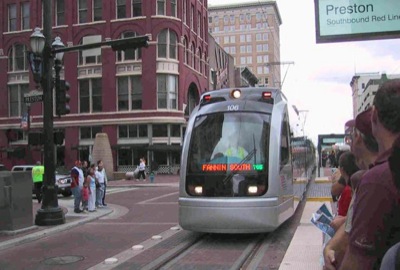Wisconsin was the fourth-highest (after California, Florida, and Illinois) recipient of federal high-speed rail money, receiving $823 million to initiate Milwaukee-to-Madison service. The state’s application proposes to use this money to operate six trains a day between the two cities as a continuation of service from Chicago to Milwaukee.
The proposal does not call for high-speed (faster than 125 mph) or even moderate-speed (faster than 80 mph) rail. Instead, the top speeds will only be 79 mph until even more money is spent improving signaling to allow for “positive train control” (which insures trains will automatically stop when necessary even if the engineer fails to stop the train).
With three stops between Madison and Milwaukee, the average speed will be just 58 mph. That’s a bit higher than the current Badger Bus, which averages 42 to 52 mph depending on which bus you take. But the rail route is longer than the bus route, which means the train will take longer (1 hour 40 minutes) than the fastest bus (1 hour 30 minutes).
In addition, the bus stops in the middle of the University of Wisconsin campus in Madison, while current plans call for the train to terminate at Dane County Airport on the edge of town, with transit connections to downtown and the university. This gives even the slower (1 hour 50 minute) buses a huge competitive advantage.











